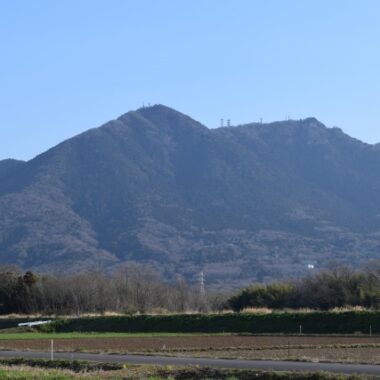In the case of environmental pollution caused by chemical substances such as Minamata Disease, if a lawsuit is filed by a person who suffered environmental pollution without improving the state of environmental pollution, and if a lawsuit is filed after a considerable period of time has elapsed since the state of environmental pollution was improved within a certain period of time, it is considered that the latter is likely to be the main issue in the lawsuit.
This is because in the case of pollution-related diseases caused by chemical substance exposure, the process of pollution-related disease differs between those caused by high or short-term exposure to chemical substances and those caused by long-term exposure to low or late-term exposure. It is thought that the facts necessary to prove that pollution-related diseases are affected will vary. In the case of long-term (delayed) pollution-related diseases, the time elapsed from the last exposure to the causal substance of pollution-related diseases will be longer than that of the final exposure to the causal substance, and the facts necessary to prove the causal relationship between the exposure to the causal substance and the conditions of the pollution-related disease patients at the time of filing the lawsuit will increase.
However, in litigation, because of the impact of the previous judgment in the same type of litigation, some of the potential issues will not become apparent, and in practice, the issues in litigation will be limited to the issues that have not been decided in the previous type of litigation. Accordingly, it may be accurate to assume that the main issues actually differ. Concerning the Minamata Disease lawsuit, Toshihiro Ochi, 2nd Edition of the Environmental Litigation Law, pp. 122-131 (Japan Review Company, 2020) considered the same kind of case.



















